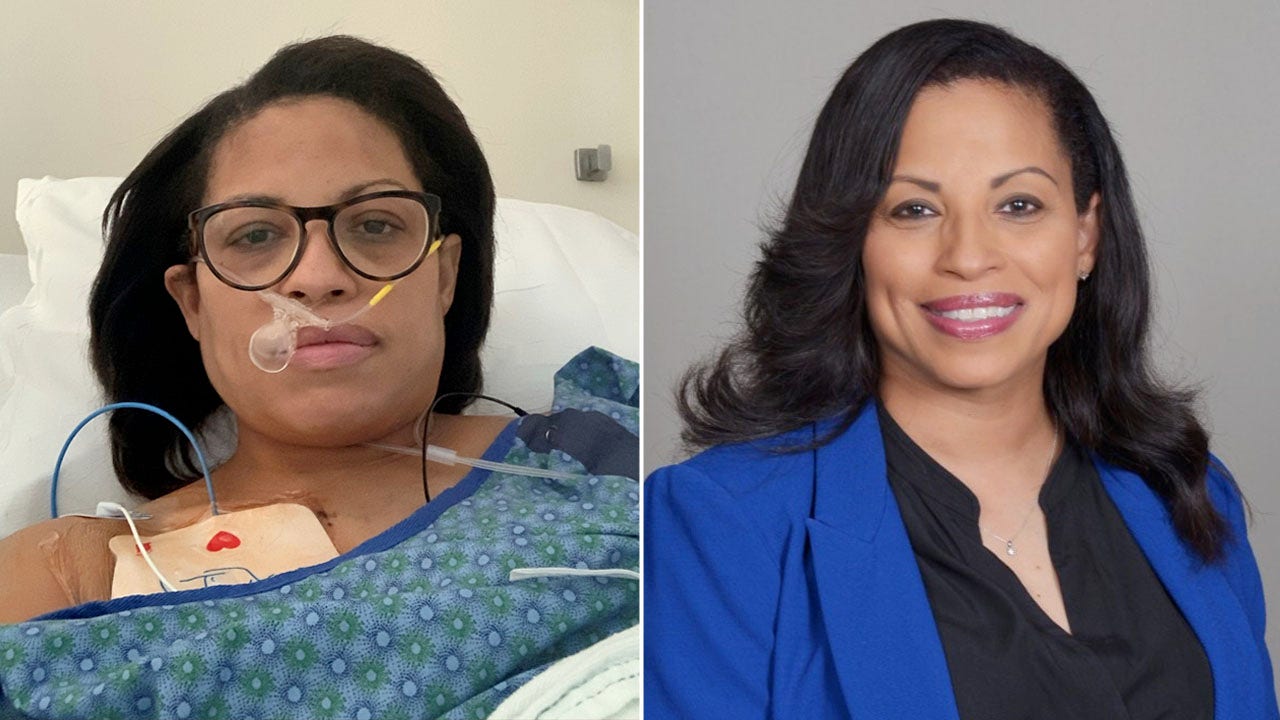The Food and Drug Administration approved a drug this month that cuts the risk of severe reactions in children and adults exposed to trace amounts of peanuts, tree nuts, milk, dairy and other food allergens — a move that could dramatically improve quality of life for people coping with these risks. The results of the clinical trial supporting the decision were published on Sunday.
While the drug, Xolair, offers a new layer of protection to people who may have life-threatening reactions to common foods, and especially to those who are allergic to several foods, its use comes with important caveats.
Does Xolair cure food allergies?
No. Xolair is not a cure for food allergies, nor can it be used to treat acute reactions. People who take Xolair must continue to avoid foods that they are allergic to.
But Xolair can significantly reduce the odds that people with severe food allergies will develop acute reactions if they ingest minute amounts of allergens, like peanuts or eggs in prepared foods, or are exposed to trace amounts in some other way.
People must take the drug continuously in order to benefit from its protection. Even then, the drug does not entirely eliminate the risk.
How does it work?
Xolair is a synthetic antibody that works by binding to immunoglobulin-E, a component of the immune system, preventing it from arming key immune cells that are responsible for setting off allergic reactions.
Who benefits the most from taking Xolair?
Xolair helps protect against most severe allergic reactions — specifically those that are driven by immunoglobulin-E. The drug may be most beneficial for people who have allergies to multiple foods and must constantly avoid all of them, which can be challenging, and for those who eat a lot of food prepared by others (like college students on meal plans).
It is approved for adults and for children ages 1 and up. (Babies younger than 1 were not included in the clinical trial.)
How well does it work?
Xolair reduces, but does not eliminate, the risk of having a severe reaction to a certain food. People with these allergies must continue to exercise vigilance and avoid the foods they are allergic to; they should read food labels and inform others of their allergies. They or their caregivers should continue to carry epinephrine, a drug that can reverse symptoms of anaphylaxis, at all times.
How is Xolair administered?
One downside of the drug is that it has to be administered by injection, usually in the arm. The shots are given every two or four weeks, in dosing intervals tailored to the patient.
Participants in the clinical trial were found to have benefited after 16 to 20 weeks of treatment. But the protection against severe reactions appears to last only as long as patients continue the treatment.
Does Xolair have side effects? Is it safe for long-term use?
Even though the drug was shown only recently to reduce risks from food allergies, it has been on the market for 20 years for other uses, including asthma caused by allergies and chronic hives. So its safety profile is fairly well known.
The most common side effects that participants experienced in the recent trial were reactions at the injection site and fever. In rare cases, the drug itself may cause life-threatening anaphylaxis: It has been shown to occur after the first dose of Xolair, according to the F.D.A., as well as a year or longer after starting treatment.
For that reason, Xolair should be administered in a health care setting equipped to treat anaphylaxis. The label also warns of rare side effects like joint pain, rash and parasitic infection.
How much does Xolair cost? Is it covered by insurance?
Even though Xolair has been used for other conditions since 2003 and the National Institutes of Health helped fund the new trial, Xolair carries a hefty list price: it is roughly $2,900 a month for children with food allergies and around $5,000 for adults, according to Genentech, the manufacturer.
But now that it is approved for severe food allergies, insurance plans are expected at least partly to cover it. Patient assistance programs are available through Genentech Access Solutions.
For eligible patients who have commercial health insurance, Genentech also offers the Xolair Co-Pay Program, which may help cover the cost of treatment.






